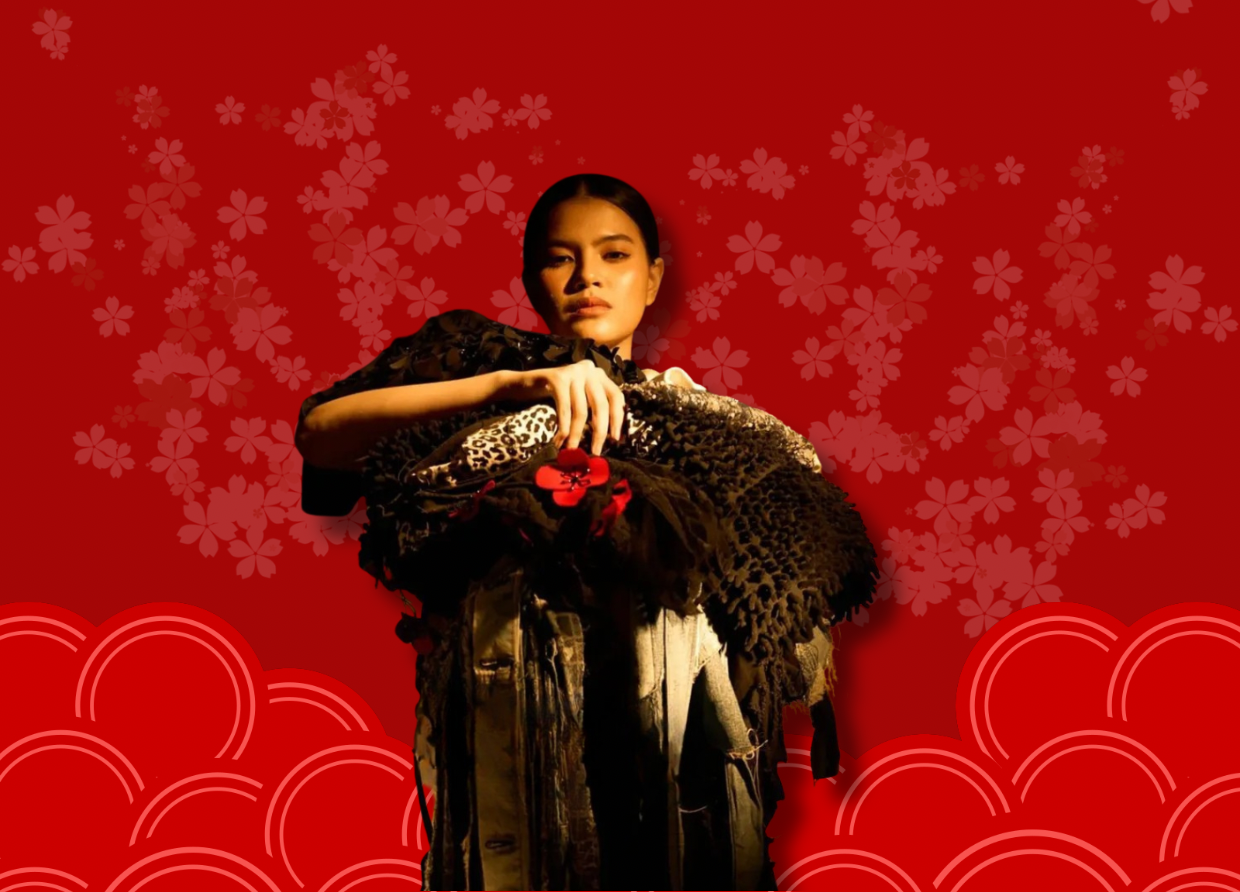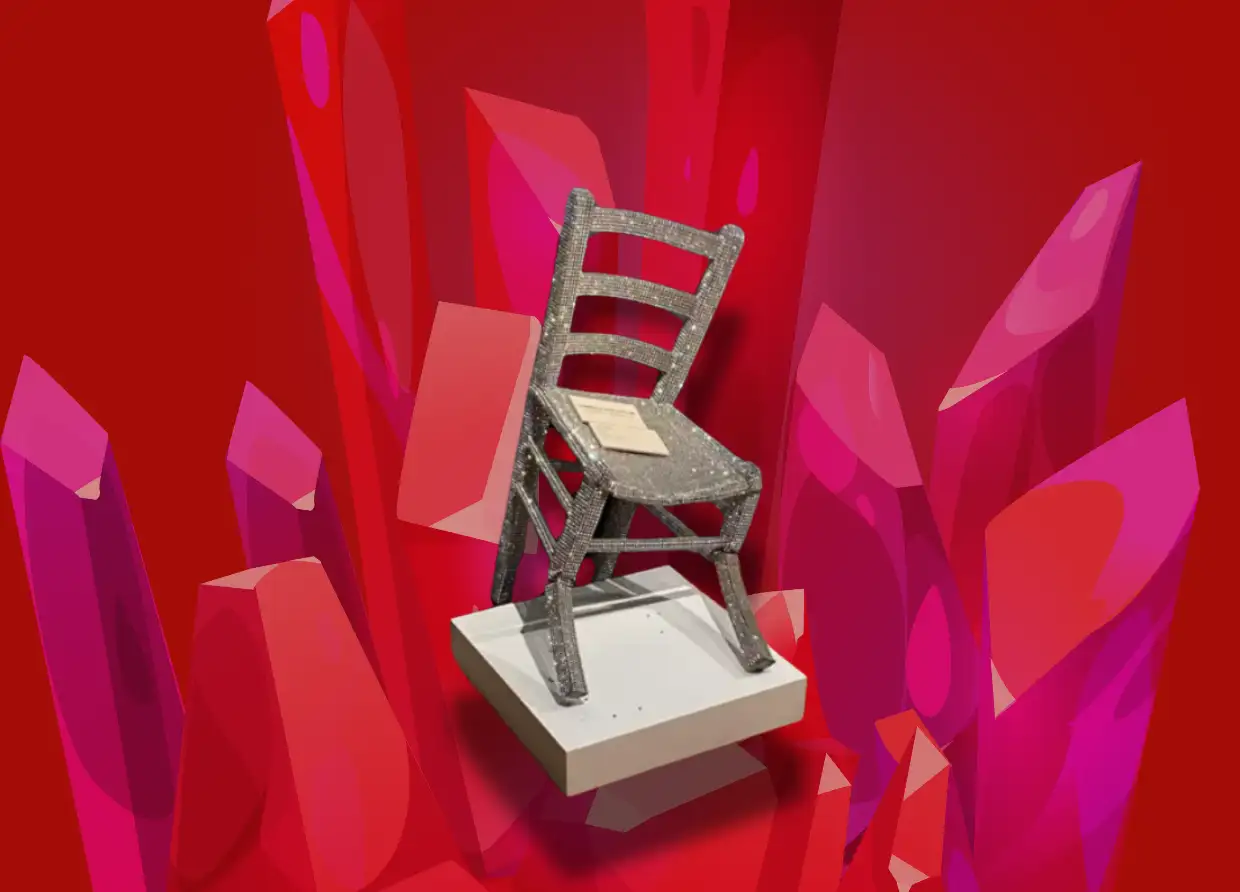LONGCHAMP: GOING GREEN WITHOUT COMPROMISING ON STYLE
Longchamp has reinvented its design with a more eco-friendly approach.
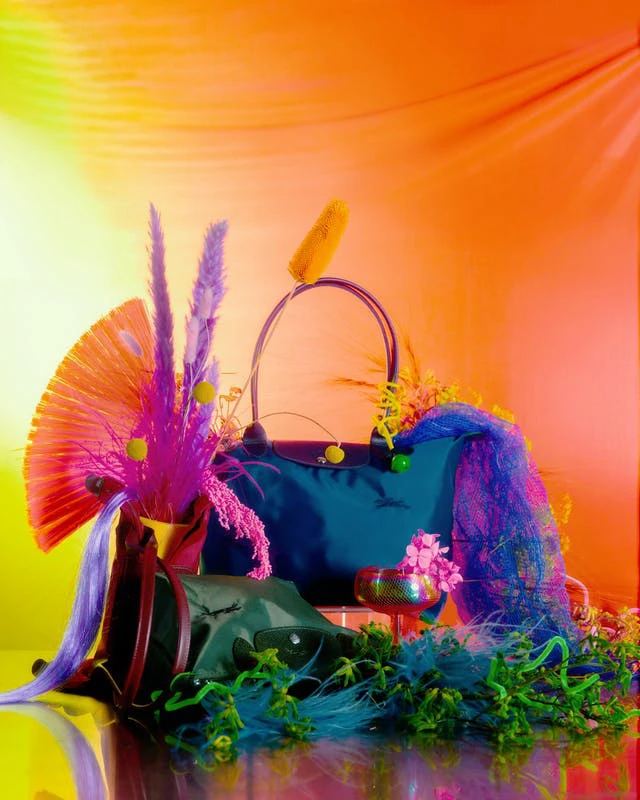
Since its launch in 1993, Le Pliage represents the everlasting symbol of Longchamp’s legacy with its classic design, leather flap, neat zip, and press stud. When walking down the street, you don't haveto be a fashion aficionado to recognize the iconic shape and look of this industry’s favorite everyday bag.
Known for its durable and waterproof material and foldability, the bag has been paraded by notable figures such as Duchess Kate Middleton — who owns quite a few variations of the tote in different colors and sizes.
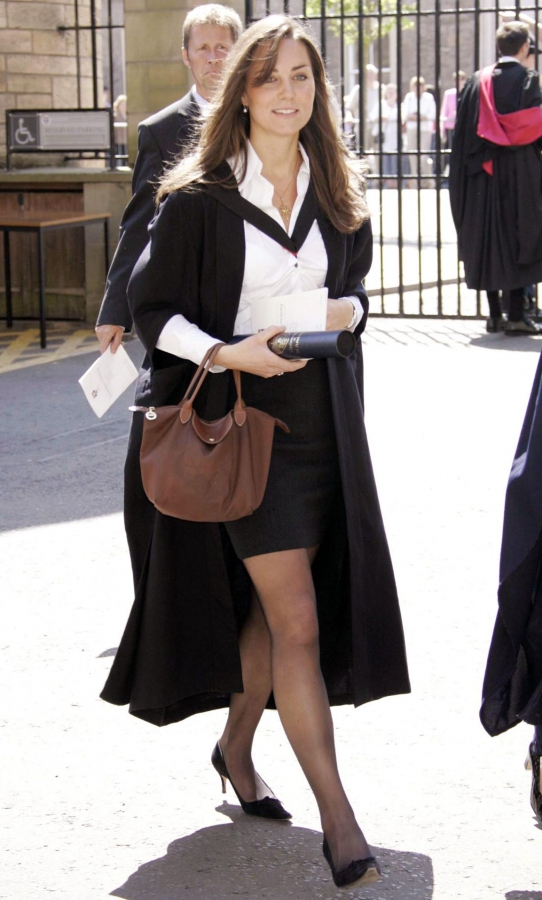
Now, close to 30 years after its inception, Longchamp has reinvented its design with a more eco-friendly approach. Cue Le Pliage® Green is the ongoing sustainable initiative to the cult favorite tote.
Longchamp Goes Green
Longchamp took its first steps towards ethical fashion with their My Pliage® Signature and Green District collections two years ago. They introduced sustainable materials such as recycled polyester canvas and ECONYL®-certified recycled polyamide — otherwise known as nylon — canvas in their designs respectively.
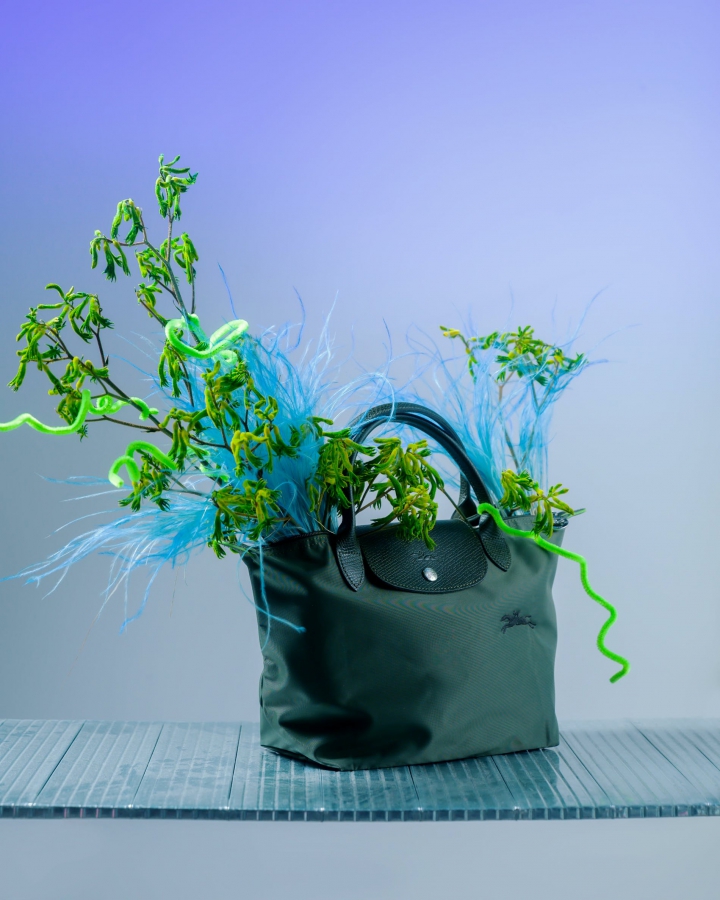
This time around, the brand has evolved the Le Pliage bag with recycled nylon that contains between 70% and 100% recycled fibers certified by the Global Recycled Standard (GRS) for their latest campaign.
Other parts of the bags, like its shoulder straps, are also made from GRS-certified recycled polyester, derived from disposable waste like plastic bottles.
Longchamp takes a step forwards
View this post on Instagram
Longchamp has also made an effort to invest in ethical packaging. Their bags will be sold in recyclable paper bags fashioned from sustainably managed forests certified by the Forest Stewardship Council (FSC).
The effort marks the beginning of Longchamp’s goal to have its entire Le Pliage® collection sustainable by next year. As for now, the eco-friendly bags will only be available in four colorways — Forest, Ocean, Earth, and limited-edition Snow.
Longchamp’s leather tanning activities are environmentally friendly
View this post on Instagram
Longchamp’s partner tanneries use high-performance water treatment systems. Following a circular economy approach, by-products from tanning are often reused directly by the tannery or recycled via third parties.
Ensuring healthy and quality products have always been essential for Longchamp. The brand is strongly committed to manufacturing safe products free of chemicals that could harm the health of the House’s customers or employees.
To support its partner tanneries in the environmental certification process, Longchamp draws on the expertise of an independent body, the Leather Working Group. In 2020, 90% of leather purchases by Longchamp were already made from tanneries certified by the LWG, with a target of 100% by 2023.
Longchamp’s efforts towards waste reduction
View this post on Instagram
The brand is engaged in continuous progress and improvement regarding waste management in its workshops, boutiques, and head offices around the world. Their waste recovery rate is one of the key indicators monitored by the brand’s Quality and Environment Department.
In 2020, its workshops were able to recycle or reuse 100% of their plastic waste, 100% of their paper and cardboard waste, 100% of their wood waste, 100% of their metals, and 100% of the canvas scraps from our "Le Pliage" bags. Dedicated teams are forming partnerships with various organizations to develop new innovative recycling solutions.
Regarding packaging and paper, Longchamp favors FSC-certified materials, an eco-label that guarantees sustainable forest management, the well-being of forest workers, the protection of biodiversity, and the preservation of the rights of indigenous populations.
Whenever possible, the brand recycles diverse materials such as scrap leather, textiles, pallets, cardboard, plastic, paper, etc., to give them a second life. Dedicated teams are setting up partnerships with various organizations to develop innovative recycling solutions. The development and production teams are also exploring the use of recycled materials in the collections.
#THE S MEDIA #Media Milenial #longchamp goes green

